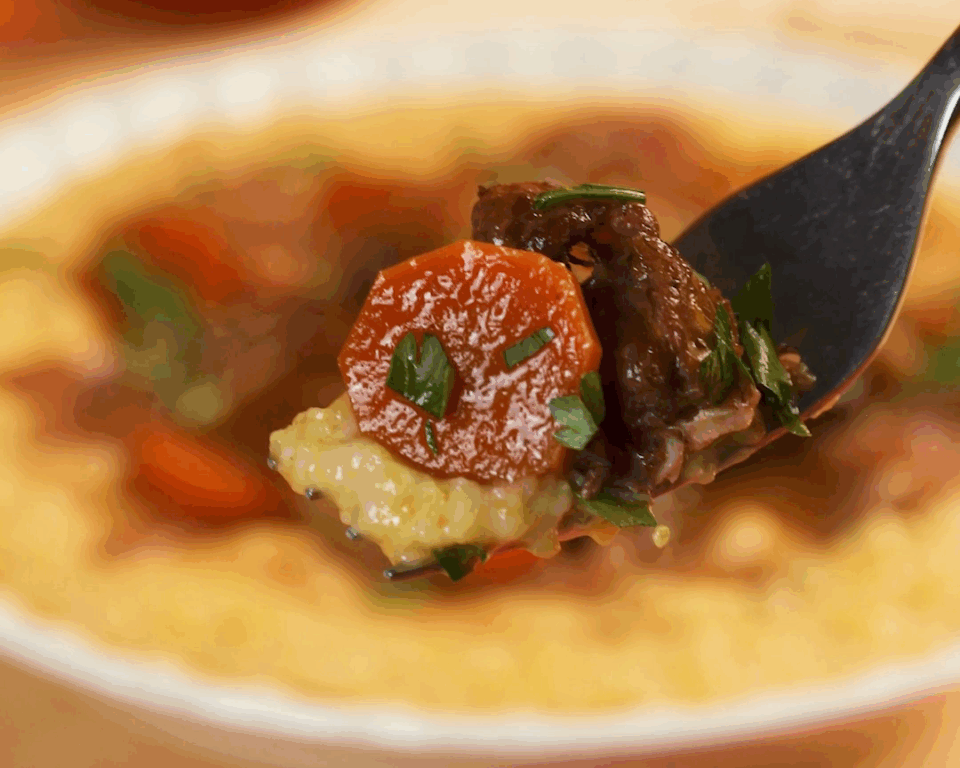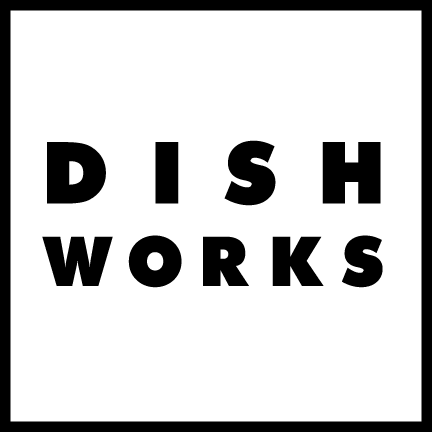Just like in grade school, the wine scoring system has everyone aiming for 100. As consumers, we know that higher scores indicate better wines. But, just how much weight should we put into these numbers? Are they the best measure of quality?
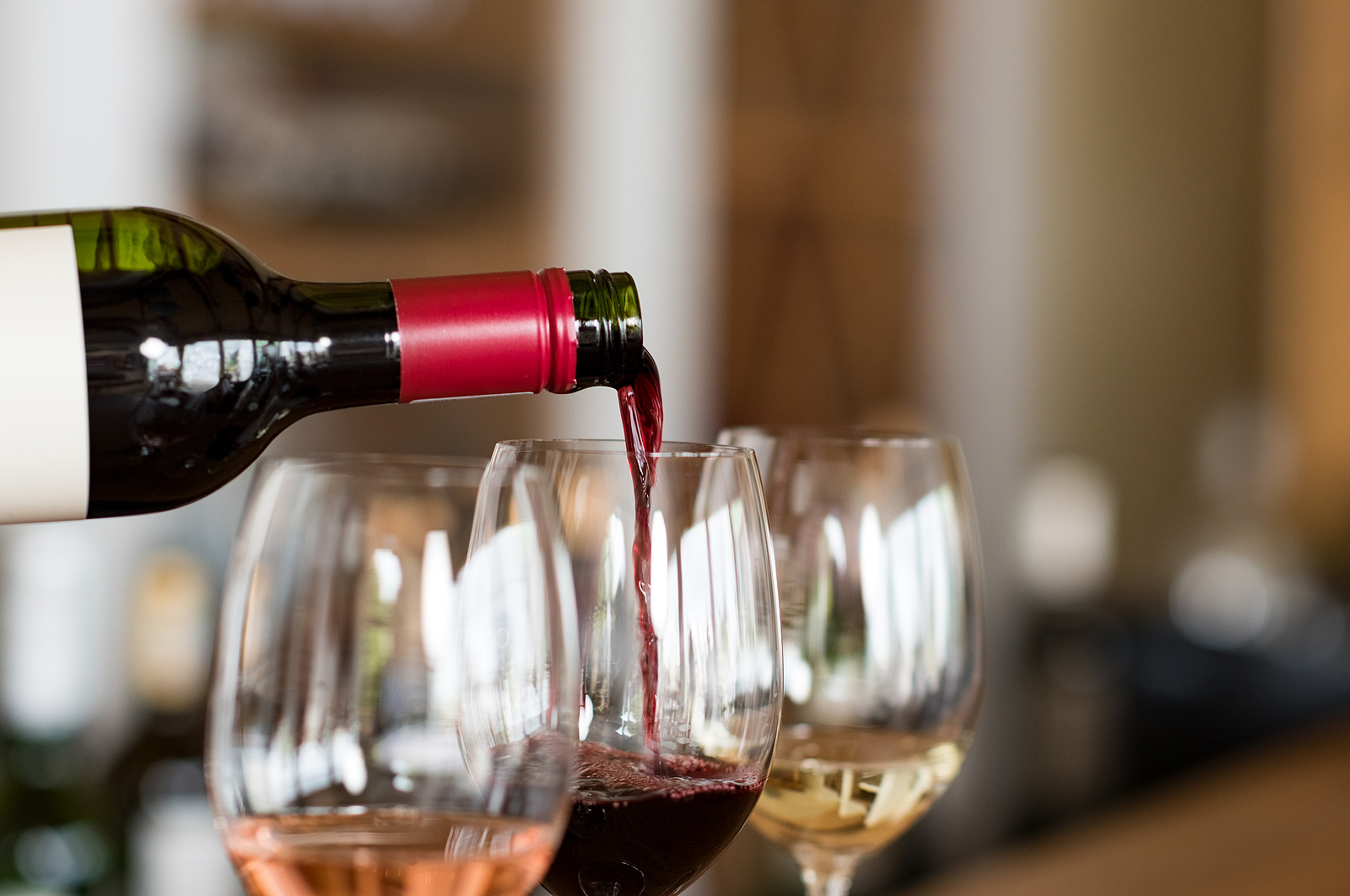
Cheron Cowan, Advanced Sommelier with the Court of Master Sommeliers and East Coast Reviewer for Wine Enthusiast, is one of the experts assigning the wine scores that we see. Her in-depth knowledge of the scoring system and the wines of the East Coast enables her to judge with rare skill and insight. She talks us through the wine scoring system and shares her thoughts on its value for consumers.
The System and Scores
The most common measure of wines is the 100-point scale, which was established in 1978 by Robert Parker and remains broadly utilized by industry heavyweights like Parker’s The Wine Advocate, Wine Spectator, James Suckling and Wine Enthusiast. Sometimes, you’ll see other rating systems, like Jancis Robinson’s 20-point scale and medals awarded by the international Decanter World Wine Awards, which are actually just further endorsements of wines already rated on the 100-point scale.
Wine Enthusiast examines wines scoring 80 and above with the following designations:
- 98-100: Classic; the pinnacle of quality.
- 94-97: Superb; a great achievement.
- 90-93: Excellent; highly recommended.
- 87-89: Very Good; well-recommended and often a good value.
- 83-86: Good; suitable for everyday consumption and often a good value.
- 80-82: Acceptable; can be employed in casual, less-critical circumstances.
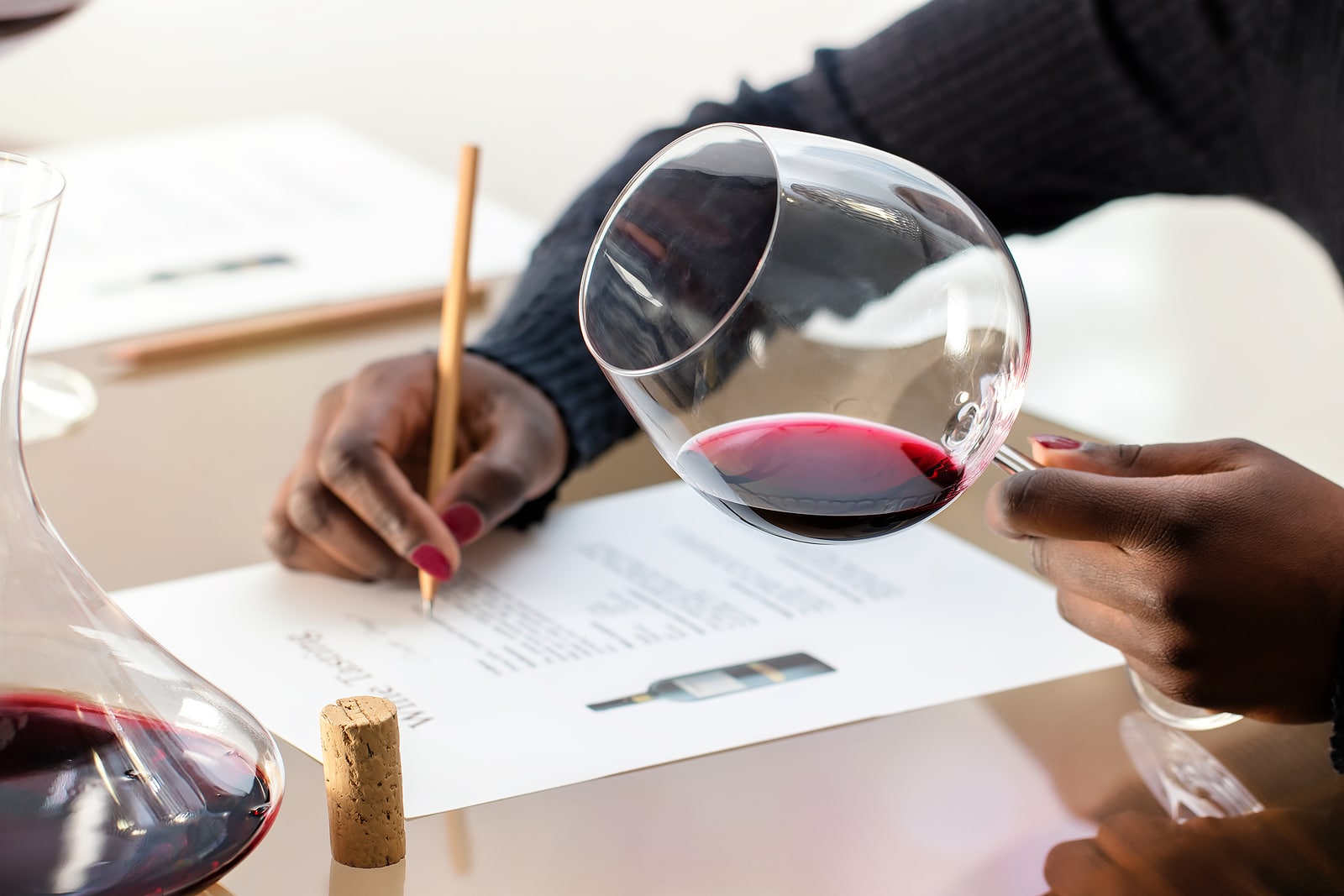
Cowan says, “83 is generally my standard for a wine that’s drinking varietally correct and is not flawed. Below 83, we’re starting to get into flaws and the wine may be imbalanced or simplistic.” It’s important to note that other 100-point systems break down 80-100 differently. For example, Wine Spectator deems wines scoring 95 and above as “classic.”
Cowan and other assessors taste blind, with wine poured from bottles in covered bags. This ensures that preconceptions about winemakers, wineries and price points do not come into play. Assessors do know some general information, however, such as vintage, variety and/or appellation. These can be critical pieces of information for evaluation.
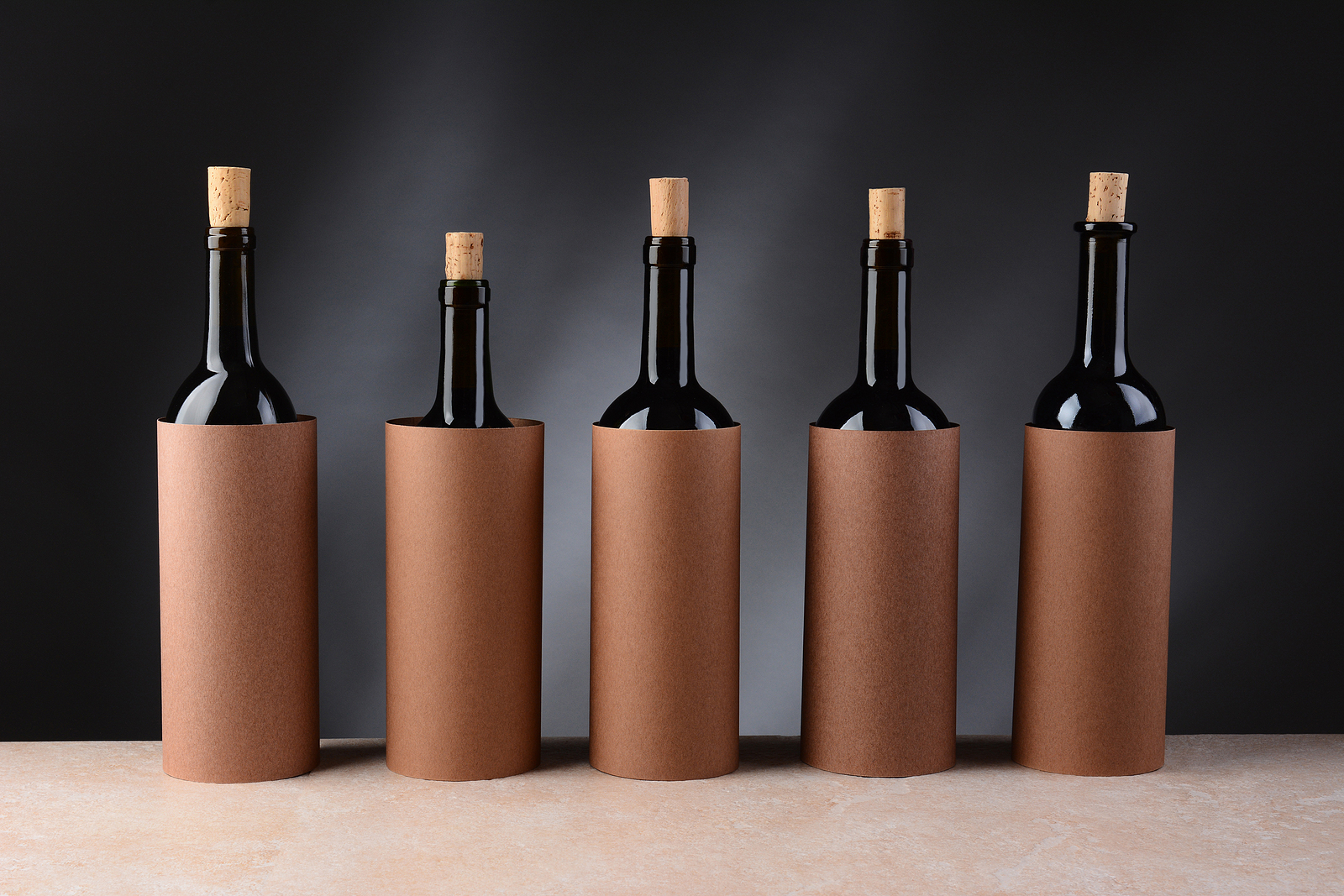
Scoring is holistic, not based on a rigid rubric nor personal preference, but on how well the wines perform for their particular variety. “Is it drinking varietally correct?” asks Cowan. Simply put, a Merlot should taste like Merlot. This is called “typicity” and measures the wine’s authenticity and classic characteristics. Cowan also asks questions like, “Is it flawed? Is it not flawed? How much complexity is there to the wine? Is there balance? Does it have a long finish? Does it have longevity?”

Answering these questions requires the uncommon ability to analyze different wines with different lenses. Cowan says, “If it’s a Cabernet Franc, I’m wondering if pyrazines are coming through. If it’s a fresher style, I’m asking if it’s balanced.” She’s also taking regional characteristics into account. As the East Coast reviewer, Cowan understands how a Pennsylvania wine will typically differ from a California wine of the same variety, often leaner-bodied and more acidic, and adjusts her lens accordingly.

Not all wines are scored. In fact, many Pennsylvania wines are not. Wineries must submit their wine for review by organizations or enter competitions to receive assessment. And, of course, not all scores are the same. Different reviewing organizations can (and probably will) hand over different scores due to factors like reviewer experience and palate, bottle age and tasting format. Wine consumers, therefore, might wish to get to know organizations and reviewers by reading their reviews and tasting their top suggestions for comparison. This can help you find voices that align with your own interests and preferences.
Getting the Most Out of Wine Scores
Are wine scores a good indicator of wine quality? In short, yes. “I think it’s a fair system,” says Cowan. Highly qualified assessors with regional expertise taste blindly, judging wines within context. It’s unbiased and time-tested. The 100-point system also gives judges some room for interpretation, unlike the more rigid rubrics of medal systems that tend to tightly control each point.
However, they are just one piece of the puzzle in terms of wine selection. Cowan suggests people consider value, too. “Price plays an important part,” she says. At Wine Enthusiast, wines scoring 86 or above and priced $20 and under land on a “Best Buys” list, a fantastic resource for anyone seeking value. Additionally, top scoring age-worthy wines are listed as “Cellar Selections.” These investment wines are expected to age beautifully, transforming and improving for years to come.

Like the judges, wine consumers should approach wines holistically. We suggest balancing scores with what you already know you enjoy drinking. The difference of a few points can be irrelevant if it’s a style you don’t enjoy. On the other hand, wine scores can guide you in exploring new wines outside of your comfort zone, taking some of the guesswork out of selecting new varietals and brands to try.
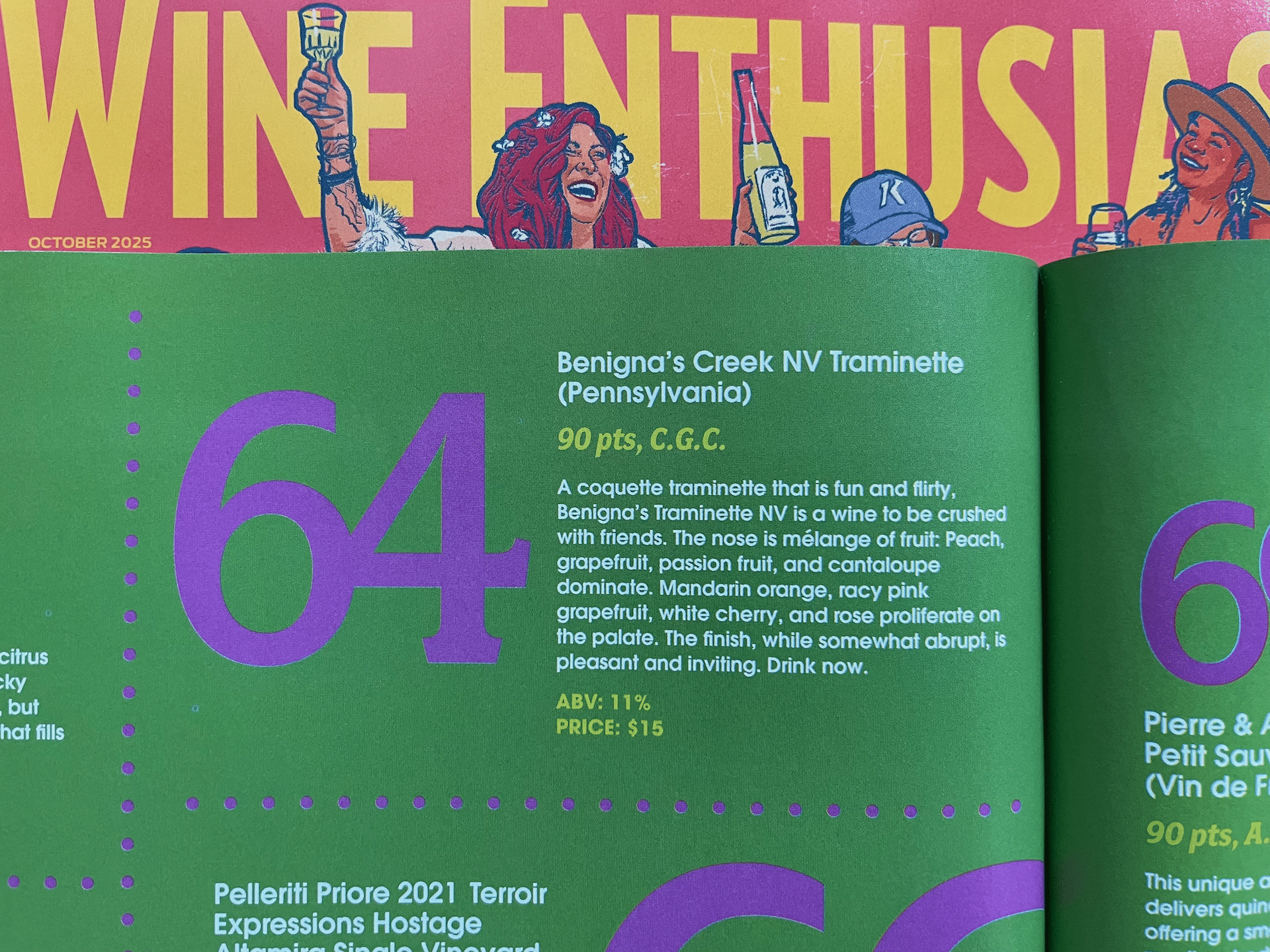
A Pennsylvania “Best Buy” in Wine Enthusiast
We also suggest reading as many tasting notes as you can. These lively and interesting records, which are published alongside the scores, tell you all about the sensory experience of drinking the wine, its notes and flavors and the best time to enjoy it. You might learn some new wine terms and find a reviewer whose style you enjoy!
Here are the insightful and descriptive James Suckling notes on Waltz Vineyards Estate Winery‘s Crow Woods Cabernet Sauvignon, 2014, which scored 94:
A stunning Cabernet for the East Coast, where this variety often struggles to properly ripen. This has an almost opaque color with great black fruits, such as mulberries, plums and blackcurrants, as well as a bitter chocolate nose with discrete spicy oak. Bold and fresh with great tannic power and just a hint of sweetness on the palate. Everything comes together beautifully at the intense and very long finish. Better from 2019 and another decade ahead of it after that.

Ready to get started? Here’s a handful of 90-plus scoring Pennsylvania wines from recent years:
- Benigna’s Creek NV Traminette (Best Buy 2025) (90 points from Wine Enthusiast)
- Benigna’s Creek Tears (90 points from Decanter World Wine Awards)
- 2022 Galen Glen Gruner Veltliner (94 points from James Suckling)
- 2022 Mazza Perfect Rosé (95 points from Decanter World Wine Awards)
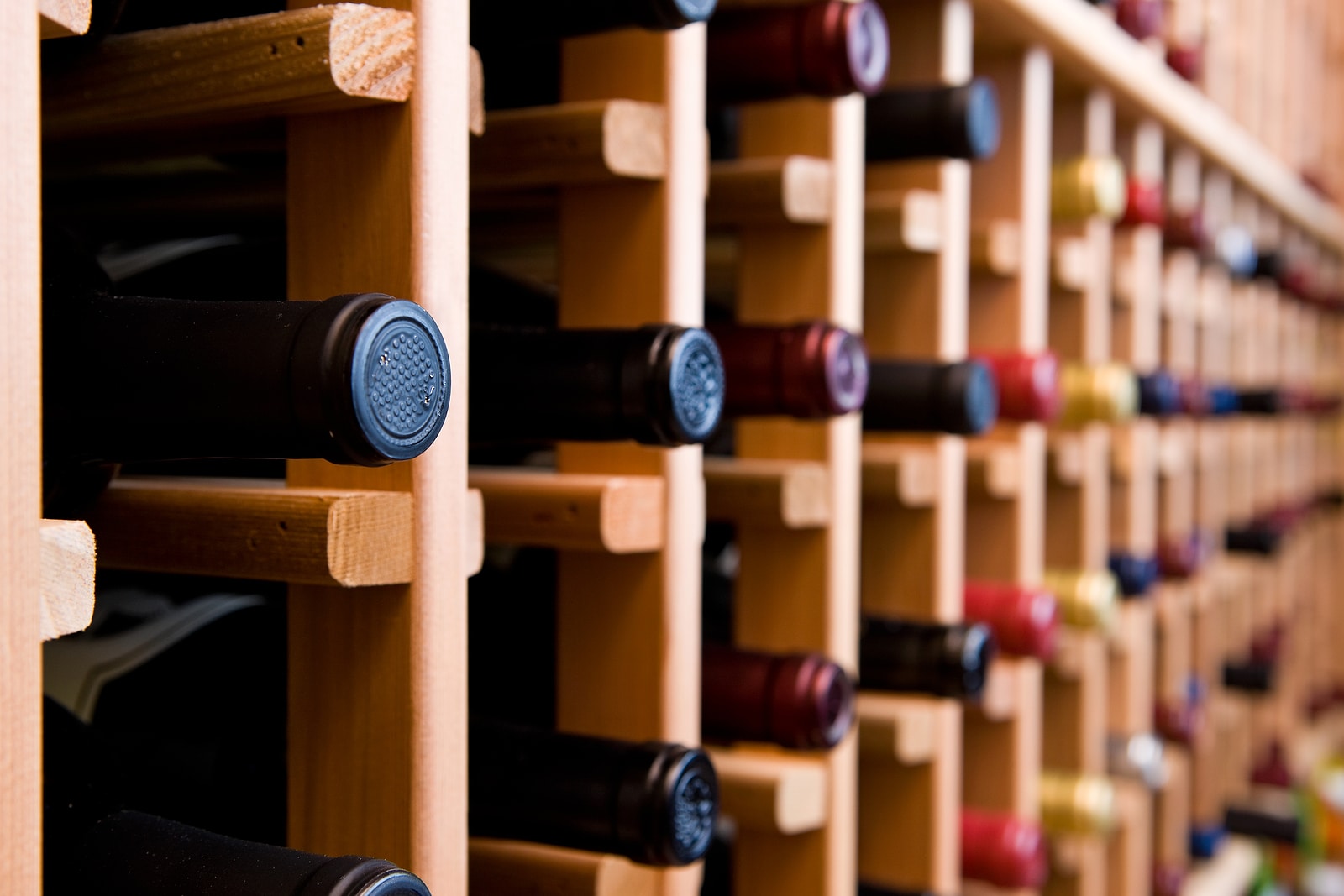
As you notice wine scores at state stores and bottle shops, in wine publications and on winery websites, let them be part of the big picture in your wine purchase decision. These scores are fabulous benchmarks to balance with budget, personal preferences and local interests. To explore the high-scoring and award winning wines of Pennsylvania, head to PA Wines for trails, itineraries and events near you!
The PA Vines & Wines series was created in collaboration with the Pennsylvania Wine Association.
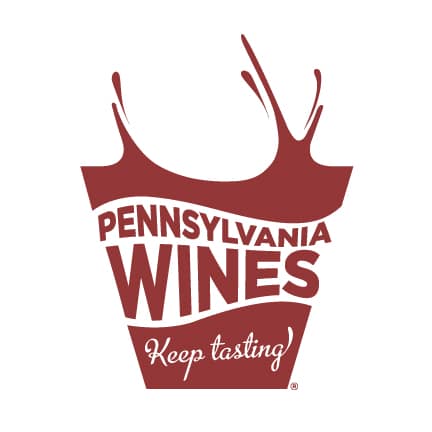
The Pennsylvania Winery Association (PWA) is a trade association that markets and advocates for the limited licensed wineries in Pennsylvania.
- Photos 1, 2, 3 and 9: Bigstock
- Photo 4: Canva
- Waltz Vineyards Estate Winery bottles: Waltz Vineyards Estate Winery
- Other photos: Leigh Green
